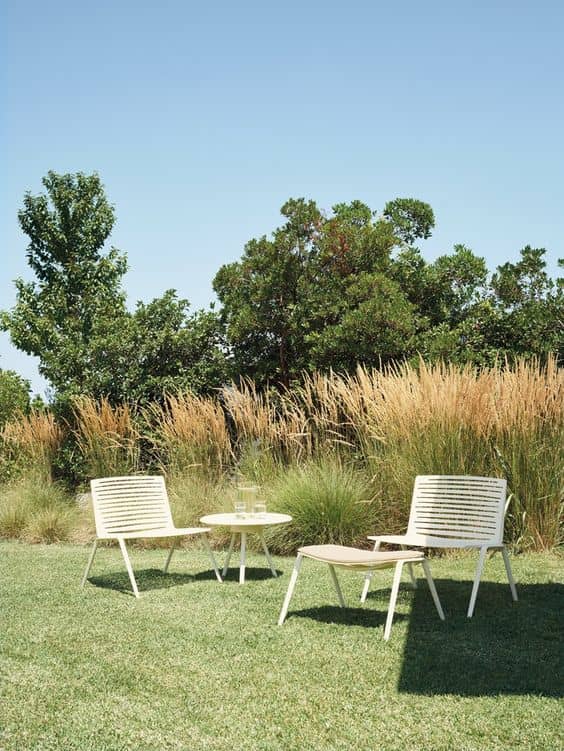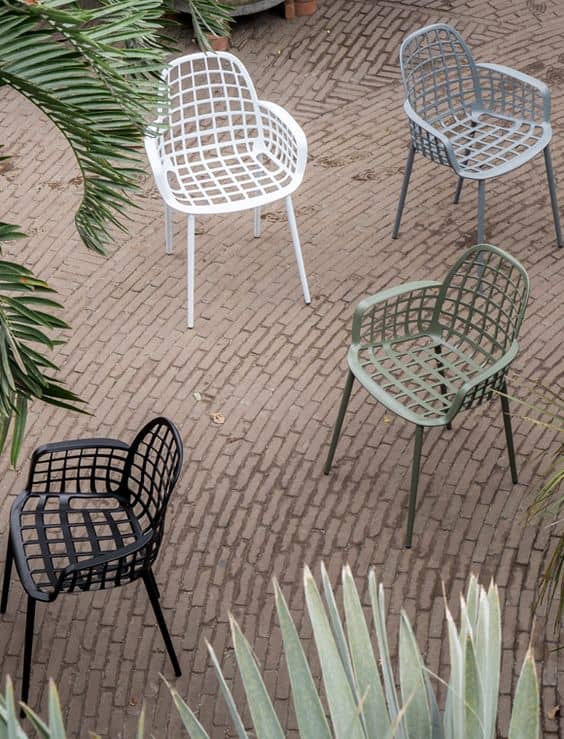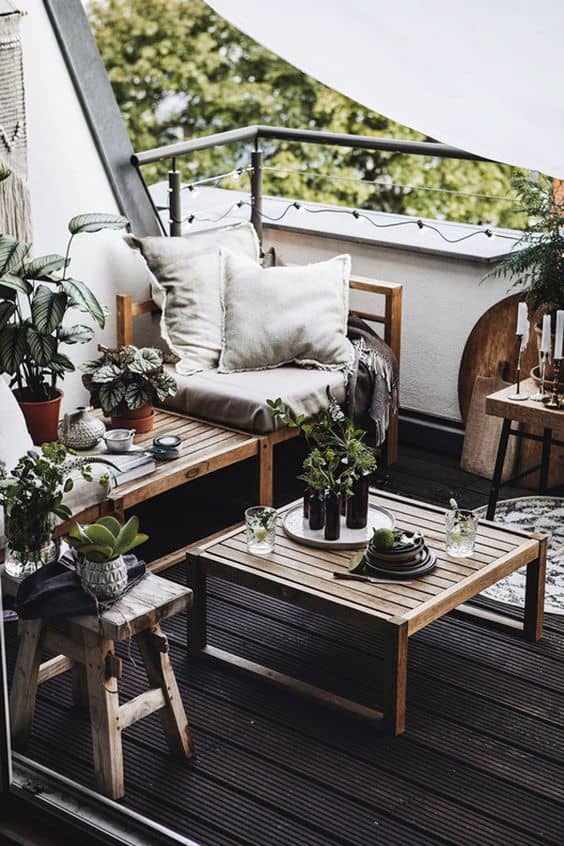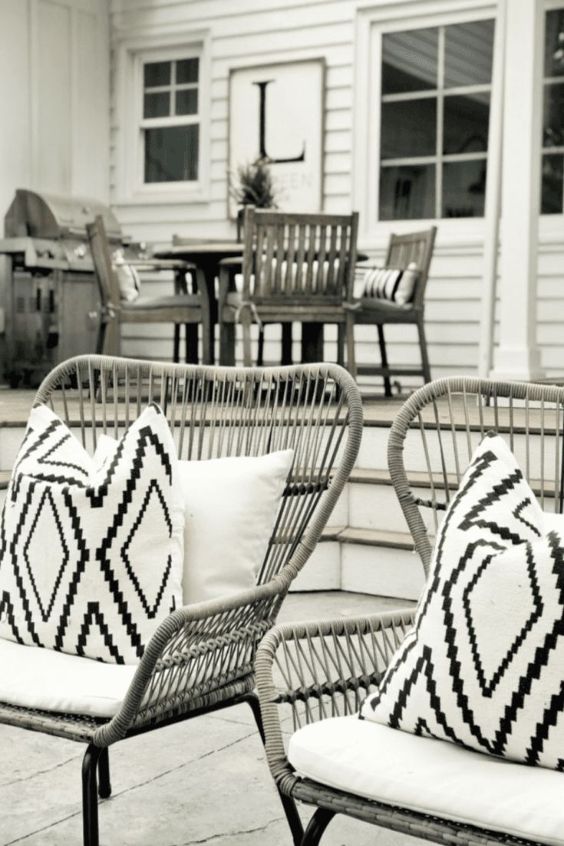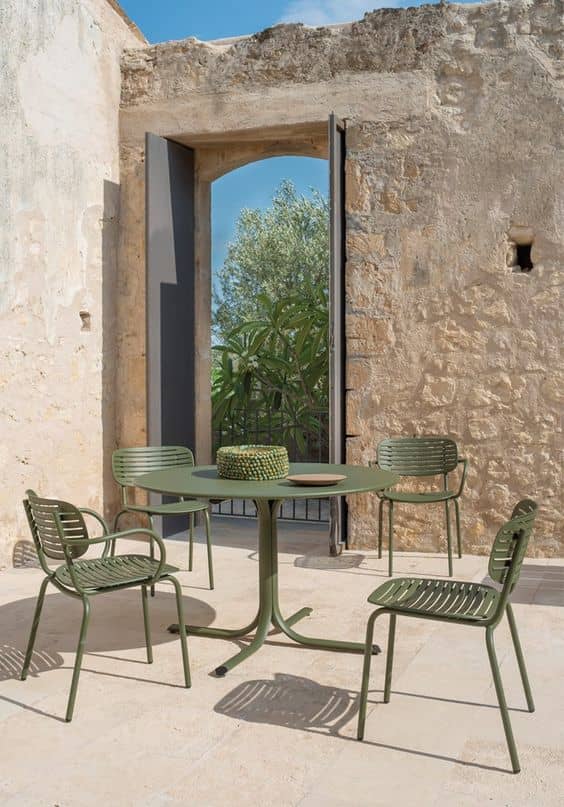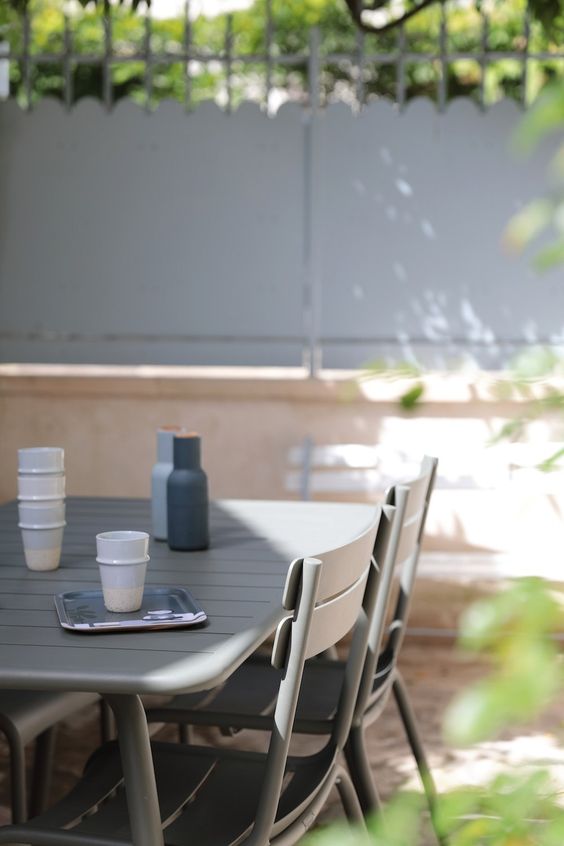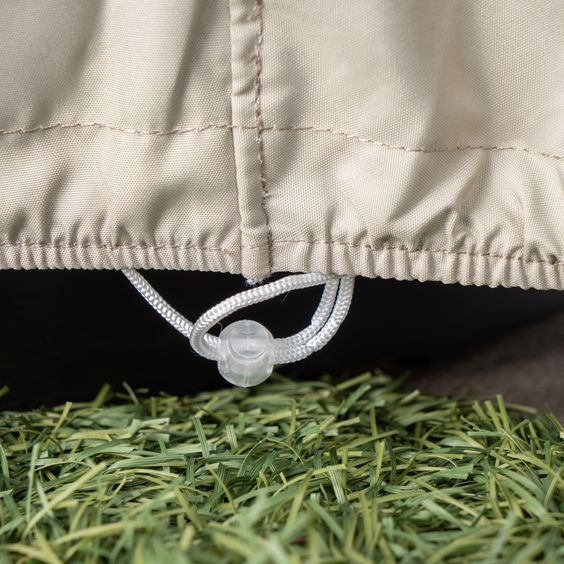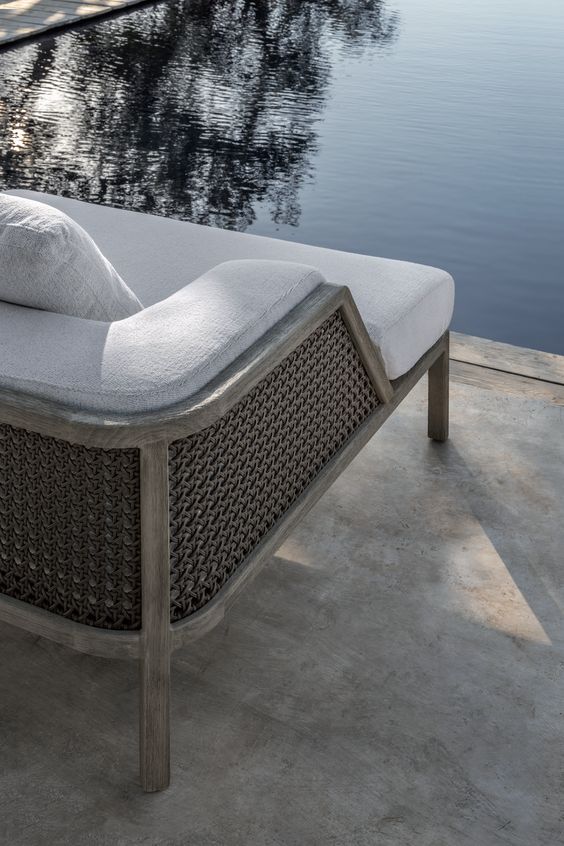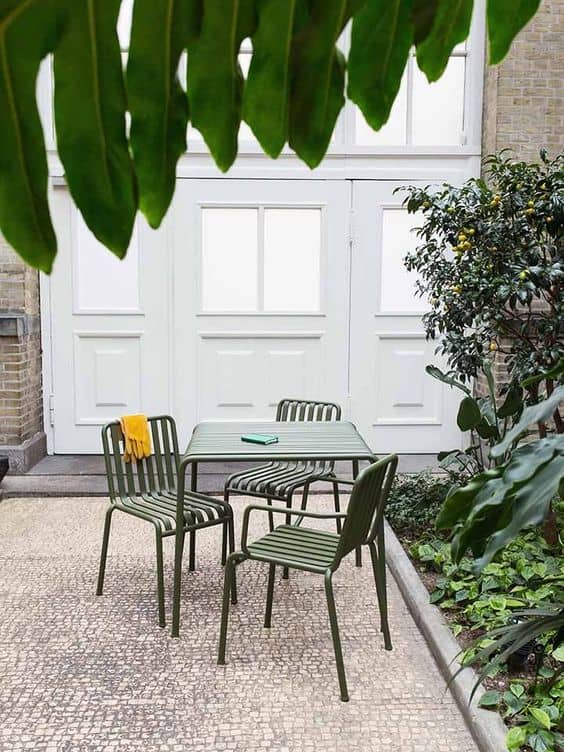
4 Tips To Make Your Outdoor Furniture Last Long
The summer is almost here, which means it’s time to bring out your outdoor furniture! And it usually stays outside until autumn, which is fine because no one wants to move tables or umbrellas back and forth. Also, since it’s outdoor furniture, it’s supposed to stay outside even when it rains or snows, right? Well, yes, in a way. As with any other household item, outdoor furniture needs protection, too. That’s why, in this article, we’ll look at the top 4 tips on how to protect outdoor furniture.
The sun and humidity can harm your furniture despite its material. That’s why there isn’t a ‘perfect material’ for it. Whether it’s wood, metal, or plastic, natural weather conditions will affect the look of your outdoor furniture sooner or later.
Things to Know Before Proceeding
When we’re talking about ways of protecting outdoor furniture, we have to consider different variables. First, determine the climate of the place where we live. So, before choosing outdoor furniture, think about weather conditions in your area. If there’s a lot of humidity, your best choice might be plastic or aluminum. And if the climate is dry, you could go with other materials such as wood or iron.
If you’re in the process of searching, we suggest you check out Dreamo Living‘s section on outdoor furniture.
1. Storing Outdoor Furniture During Winter
Although it seems like a good idea to leave our furniture on the ground or the grass, nothing is further from the truth. Doing so will make the furniture to be in contact with the soil’s moisture. We’re not talking about a few days, but more like a few weeks or months. If it’s raining a lot, constant humidity might damage wooden or metal furniture.
That’s why it’s crucial to store your outdoor furniture in a dry place during winter. Place it in a garage or garden shed with a concrete floor. Then, rest assured that it’s safe there.
2. Give Each Material the Type of Care It Needs
Like with any other item we own, maintenance is the key. The same goes for outdoor furniture. If you spend some time taking care of it, it’ll last longer.
Now, outdoor furniture protection depends on the material of which it’s made. Some materials are more resistant, while others are more demanding. So, a plastic table will need much less of your time than a wooden table.
Let’s take a look at how to protect each garden furniture type:
– How to Protect Outdoor Furniture: Wood
Wood is an organic material. For this reason, if left untreated, wooden outdoor furniture can deteriorate over time. The impact of sun and rain turns its original color into a grayish shade and might damage its structure. Luckily, there are ways to treat wooden furniture and protect it throughout the year. Perform these steps once a year (preferably in autumn):
- Clean the surface with a damp cloth and mild soap. The goal is to remove any remaining dust or dirt. It’s crucial to use a mild soap to avoid chemically eroding the wood.
- Apply protective varnish. Once the wood is dry, it’s time to cover the entire wooden surface with varnish, oil, or other water-resistant treatment. Choose the product according to the type of your furniture’s wood. If you live in a colder climate, choose one that includes fungicide. The winter humidity usually causes the appearance of fungus in the wood. It’s crucial to wait until it’s dry before storing it for the winter.
- Review screws and nuts. Inspect your wooden furniture to see if there are rusted parts. If so, replace or tighten the loose screw.
– How to Protect Outdoor Furniture: Natural Fibers
Although natural fibers need less maintenance than wood, that’s not a reason to neglect them. Organic materials, such as bamboo, textile, and others, are sensitive to cold and humidity. Fortunately, maintaining them is quite simple:
- Vacuum. It’s a simple and non-aggressive way to remove dirt. This task will prevent the spreading of fungi when temperatures drop, too.
- Clean with warm water and mild soap. If your furniture has removable covers, you can remove them and wash them in the washing machine. Otherwise, you’ll need to wash it by hand. Make sure to wring out the cleaning cloth well to prevent water from accumulating between the fibers. A mixture of 1/2 cup hydrogen peroxide and two cups of cool water can help remove stubborn stains on light fabrics.
– How to Protect Outdoor Furniture: Iron
Iron furniture sounds like an indestructible item. But despite being an extremely resistant material, iron has a weakness: it does not get along well with humidity. That is why it is crucial to store it in a dry place during winter.
Here are a few other tips to prolong its life:
- Clean the surface. By using a metal brush, remove all the rust on the iron furniture’s surface.
- Paint the surface. After removing the rust, apply an anti-rust solution or paint. This will protect the iron furniture (or its parts) from moisture.
- Apply a specific enamel. Enamel will act as a sealer for the paint once it is dry.
– How to Protect Outdoor Furniture: Aluminum
If you want as little maintenance as possible, aluminum might be one of the best options. It has a high resistance to all weather conditions, but since the material is expensive, such furniture will cost a lot.
To take care of your aluminum garden furniture, clean it with an all-purpose cleaner or use water with neutral soap. To make the surface shinier, you can use Bayes High-Performance Stainless Steel Cleaner.
– How to Protect Outdoor Furniture: Plastic
As with aluminum, plastic does not require any specific type of treatment. Clean it with water and soap once in a while, and it’ll do the job.
3. Use Outdoor Furniture Covers
If you want to prolong your furniture’s life, use patio furniture covers. This way, you won’t have to bother bringing furniture back and forth into the garden shed or garage. If it’s going to rain, cover your furniture and remove it once again when you need it.
A neat thing about patio furniture covers is that you can also use them while storing the furniture indoors. Doing so will protect the furniture from moisture and dust. And, you can use these covers for other garden items, such as barbecue grills or parasols.
4. Taking Care of Cushions
Last but not least on this list is the cushions. If humidity has damaged the metal frame, you can brush off the rust and renew it, but the same damage to a cushion is crucial. That’s why it’s important to take care of and store the cushions well.
Usually, outdoor furniture cushions have removable covers. So, once in a while, remove those covers and wash them in a washing machine. Also, don’t forget to ventilate the cushions to prevent moisture buildup.
The best way to store cushions during the winter is by using vacuum bags. This way, you’ll be sure that no humidity gets into the fabric.

